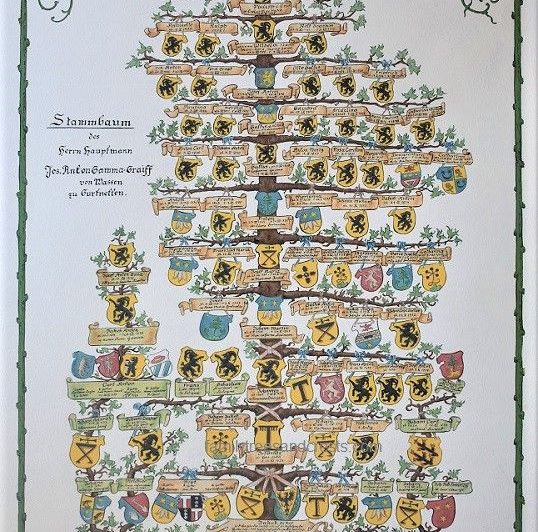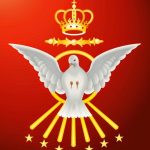Heraldry and genealogy stand as twin pillars in the study of family history, each offering unique insights into the lineage, identity, and social status of individuals and families across time. While distinct disciplines in their own right, heraldry and genealogy intersect in myriad ways, enriching our understanding of familial connections, historical contexts, and cultural traditions.
Family Identity Embodied in Heraldry
At the heart of heraldry lies the visual language of coats of arms, symbols, and insignia that serve as emblems of family identity and lineage. Dating back to medieval Europe, coats of arms were originally granted to individuals by heraldic authorities as marks of distinction, often bestowed in recognition of noble lineage, military prowess, or royal favor. These heraldic devices, typically displayed on shields, banners, and seals, encapsulated the values, aspirations, and achievements of their bearers.
For genealogists, heraldry offers a rich tapestry of visual cues and historical clues that can illuminate the paths of familial descent and inheritance. By deciphering the symbols, colors, and compositions of coats of arms, genealogists can trace familial connections, document ancestral lines, and uncover the social networks that shaped the lives of their forebears. Heraldic records, preserved in armorials, rolls of arms, and official grants, provide valuable evidence of familial ties, geographic migrations, and socioeconomic status across generations.
Heraldry as a Genealogical Tool
The study of heraldry serves as a complementary tool in the genealogist’s arsenal, offering insights into family history that extend beyond textual records and archival documents. Coats of arms, with their intricate designs and symbolic motifs, reveal not only the lineage of a family but also its aspirations, alliances, and aspirations. Through careful analysis of heraldic elements, genealogists can discern patterns of inheritance, marriages, and societal roles that shaped the fortunes of their ancestors.
Moreover, heraldic inheritance—the passing down of coats of arms from one generation to the next—provides a tangible link between heraldry and genealogy. As families expanded, migrated, or intermarried, their coats of arms evolved, reflecting changes in status, alliances, and geographic affiliations. By tracking the evolution of heraldic devices within a family, genealogists can reconstruct the intricate web of familial relationships that underpin their ancestral heritage.
Preserving Family Heritage Through Heraldry
In addition to its role as a genealogical tool, heraldry serves as a means of preserving and celebrating family heritage across generations. Family associations, societies, and clans often adopt heraldic symbols as emblems of collective identity, reinforcing the bonds of kinship and shared history that unite members of the same lineage. Through rituals, ceremonies, and gatherings, these organizations keep alive the traditions and values embodied in their heraldic devices, ensuring that future generations remain connected to their familial roots.
Furthermore, the study of heraldry fosters interdisciplinary collaboration between genealogists, historians, and heraldic scholars, enriching our understanding of familial history through multiple lenses. By integrating textual records, archival sources, and visual artifacts, researchers can construct nuanced narratives of family life, social dynamics, and cultural exchanges that transcend traditional disciplinary boundaries.
Conclusion: Embracing the Intersection of Heraldry and Genealogy
In the tapestry of family history, heraldry and genealogy intertwine to weave a rich and colorful narrative of lineage, identity, and tradition. From the medieval halls of European castles to the bustling thoroughfares of modern cities, coats of arms and family crests stand as enduring symbols of familial pride and resilience. By embracing the interplay between heraldry and genealogy, we embark on a journey of discovery that illuminates the hidden connections, untold stories, and shared legacies that bind us to our ancestors and shape our understanding of who we are.
Last modified: May 15, 2024


